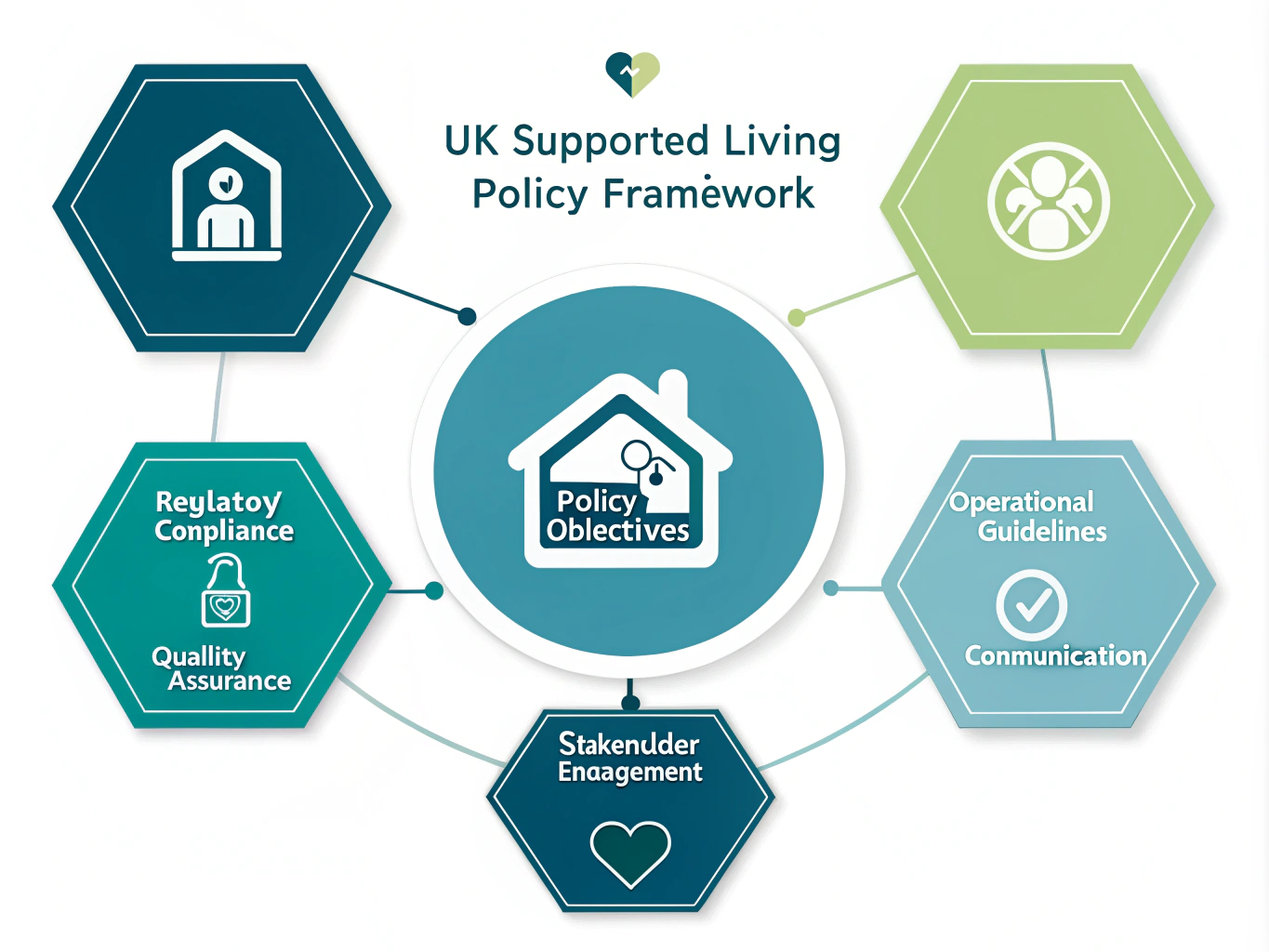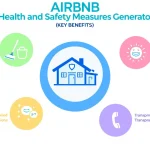Supported Living Policy Generator
Is this tool helpful?
How to Use the Supported Living Policy Generator Effectively
The Supported Living Policy Generator helps you create detailed policies tailored to supported living services in the UK. To make the most of this tool, follow these simple steps:
- Understand the tool’s purpose: Know the significance of supported living and its role in UK social care.
- Gather essential information: Collect details about your organization, relevant legislation, and service delivery models.
- Complete each form field thoughtfully: Provide clear, accurate inputs for every section.
- Review the generated policy: Edit the draft to reflect your organization’s specific circumstances and priorities.
- Implement the policy and set review dates: Ensure ongoing compliance and improvements through regular updates.
Field Descriptions with Sample Inputs
1. Supported Living Definition
Describe what supported living means for your service and its importance within the UK care framework.
- “Supported living enables adults with disabilities to maintain independence by providing tailored support in community settings, fostering choice and control over their daily lives.”
- “Our supported living approach prioritizes empowering individuals with complex needs to build skills and access community resources safely and respectfully.”
2. Regulatory Compliance
Highlight key regulations and standards your policy aligns with, explaining their relevance.
- “Compliance with the Health and Social Care Act 2008 and the Care Quality Commission’s guidelines ensures safe, regulated care delivery.”
- “Adhering to the Mental Health Act 1983 and Safeguarding Vulnerable Groups Act protects the rights and welfare of service users.”
3. Policy Objectives
Define your policy goals and how they support person-centered supported living.
- “To enhance individual autonomy, promote well-being, and encourage community participation for all service users.”
- “To provide consistent, respectful care that meets diverse needs and supports positive life outcomes.”
4. Scope and Applicability
Specify the people and settings covered by your policy.
- “Applies to all direct care staff, management, clients, and external partners across residential and supported accommodation schemes.”
- “Covers supported living environments such as individual tenancies, shared housing, and day services.”
5. Operational Guidelines
Outline procedures for assessments, training, health and safety, and safeguarding.
- “Complete individual needs assessments quarterly and provide tailored staff training on safeguarding and mental capacity.”
- “Implement comprehensive risk management plans and promote residents’ choice in all daily activities.”
6. Quality Assurance and Evaluation
Describe how you monitor service quality and review policies.
- “Conduct monthly audits of care records and hold biannual stakeholder feedback sessions.”
- “Regularly update policies based on regulatory changes and service user input.”
7. Communication and Reporting
Detail communication protocols and incident reporting processes.
- “Hold weekly staff briefings and maintain open channels for reporting concerns confidentially.”
- “Provide clear procedures for logging and addressing incidents promptly, ensuring transparency.”
Understanding the Supported Living Policy Generator
The Supported Living Policy Generator is a practical online tool designed to assist care providers, social workers, and managers in the UK in creating comprehensive, compliant policies for supported living services. It streamlines policy development by guiding you through essential sections such as regulatory compliance, operational procedures, and quality assurance.
Using this tool helps you meet legal requirements, promote best practices, and maintain consistent, high-quality care standards. It ensures your supported living policies reflect person-centered care principles and adapt to evolving regulatory frameworks.
Key Benefits of the Supported Living Policy Generator
- Save Time and Resources: Quickly generate tailored policy drafts instead of building documents from scratch.
- Ensure Regulatory Compliance: Incorporate relevant UK legislation and service standards into your policies.
- Customize to Your Needs: Adapt policies easily to reflect your organization’s unique services and priorities.
- Promote Consistency and Clarity: Create professional, clear policies that staff and stakeholders can follow effortlessly.
- Support Continuous Improvement: Follow recommended review processes to keep policies current and effective.
Practical Usage of the Supported Living Policy Generator
This tool uses your inputs to generate a detailed supported living policy custom-fit to your organization’s approach and compliance needs. After filling in each section, the policy drafts the key policy components based on the information you provide.
You can then review the full policy, adjust wording where needed, and implement it within your service. This approach ensures your policies remain flexible yet aligned with evolving UK care standards and best practices.
By regularly updating your policy with this tool, you address changing regulations, reflect new service developments, and uphold high standards of care for supported living users.
Important Disclaimer
The calculations, results, and content provided by our tools are not guaranteed to be accurate, complete, or reliable. Users are responsible for verifying and interpreting the results. Our content and tools may contain errors, biases, or inconsistencies. Do not enter personal data, sensitive information, or personally identifiable information in our web forms or tools. Such data entry violates our terms of service and may result in unauthorized disclosure to third parties. We reserve the right to save inputs and outputs from our tools for the purposes of error debugging, bias identification, and performance improvement. External companies providing AI models used in our tools may also save and process data in accordance with their own policies. By using our tools, you consent to this data collection and processing. We reserve the right to limit the usage of our tools based on current usability factors.







